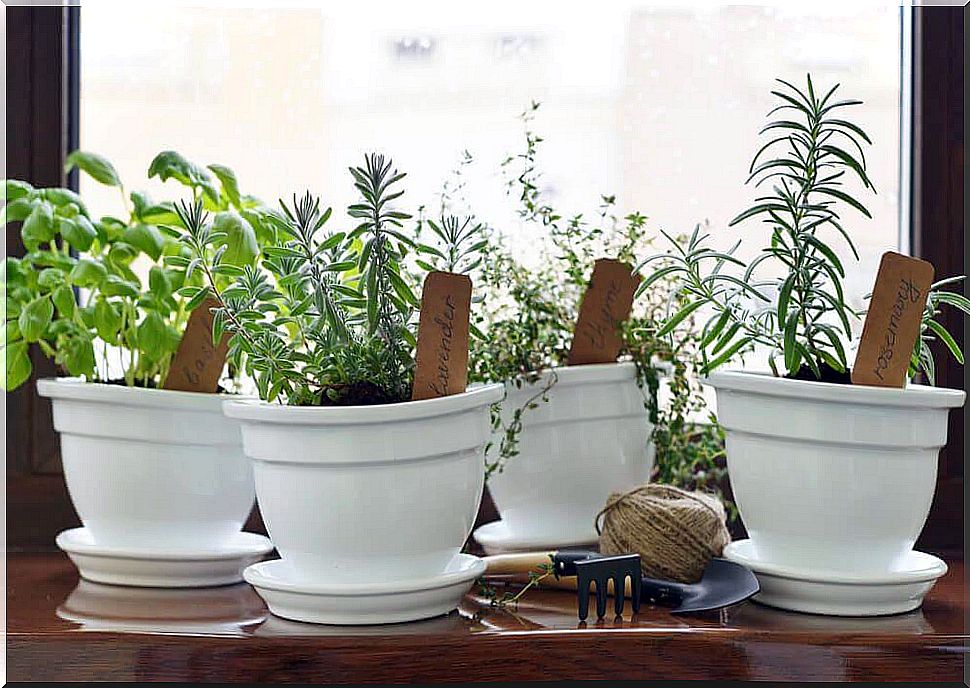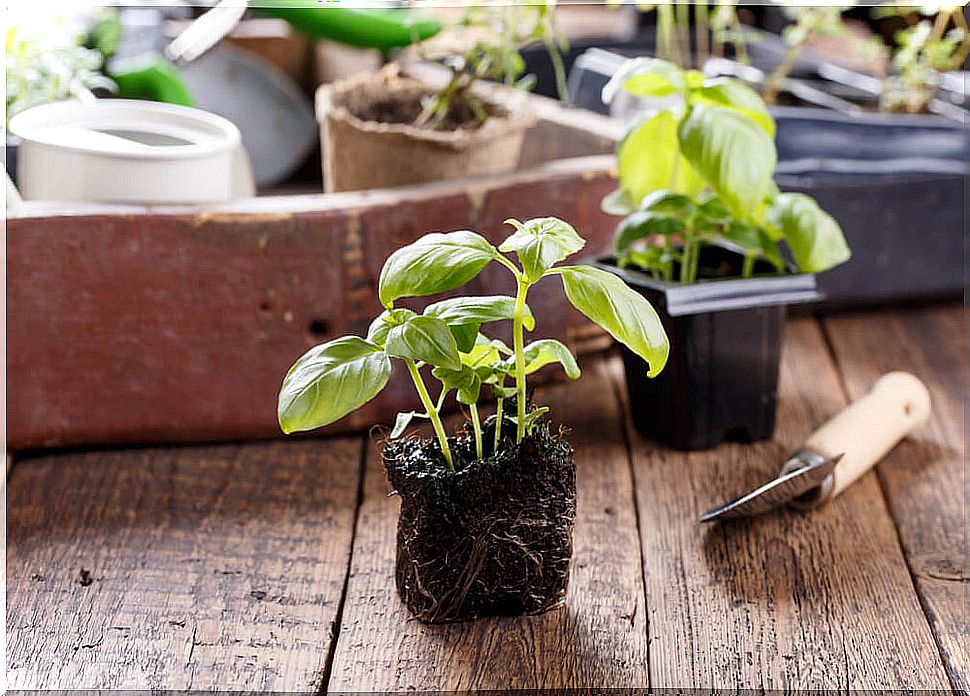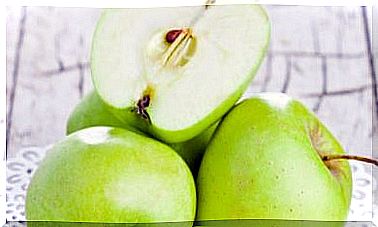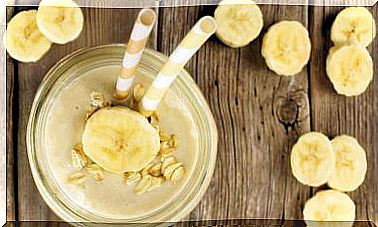How To Create An Aromatic Garden In Your Home

Fragrant plants are a really wonderful addition to your home, and they can withstand both cold and hot climates, and they don’t need particularly nutrient-rich soil to grow and survive for long. Now we will tell you how you can create your own fragrance garden for your home with very little effort.
These plants are great when you want to create an atmosphere with fragrances, and in addition, you can decorate them beautifully.
You don’t need a large amount of money or even space, and the most important thing is to choose the right place for each individual plant, as their color, composition, and scent depend on this.
If you are dreaming of your own fragrant garden with your favorite herbs or other aromatic plants, keep reading, for now we will tell you everything you need to know about growing these plants.
Choosing the right place

As we said, it is very important that you know how to choose just the right places. Place your plants so that they are as far away as possible from sources of pollution, such as streets or other crowded places.
Sun
Sunlight is essential for many plants to grow. Some need several hours a day, while others also survive in the shade.
If you are planning your own aromatic garden for your home, choose the right place for each plant. This way, everyone gets the right amount of sunlight or shade.
You can plant these plants at any time, but you should avoid very hot days.
Wind
Aromatic plants are quite hardy in harsh climates, whether it’s heat or cold. However, they should always be protected from strong winds.
There should be coolness and air circulation in the place you choose , but there should be no hard pull.
With the right place, you can get enough protection for your garden from both wind and extreme cold.
Soil
In most cases, aromatic plants can live and thrive even in nutrient-poor soils. However, it should be very moisture permeable.
When creating your garden, aim for a depth of at least 25 inches to give your plants a very loose soil. If it does not contain the nutrients that plants need, you can use natural compost soil.
1. Sandy soil

Because this type of soil is very dry, it is important to give it nutrients that will help it retain moisture. You can use the following qualities:
- topsoil
- peat
- Worm compost
- manure
2. Clay soil
Unlike sandy soils, this type contains too much water, which inhibits plant growth and can sometimes even be detrimental to them.
- It is important to use natural compost soil to facilitate the transport of liquid.
- You can also use clean sand to balance the composition of the clay. It also helps give the roots air.
3. Straw cover or padding
This type of soil offers many benefits to your plants.
Apply straw coverings with compost, gravel and pine chips just before planting. This will reduce the need to irrigate your plants, as you will retain moisture and reduce weed growth.
When are the plants ready?

It is advisable to collect the aromatic plants at just the right time, ie at harvest time.
- This is the period when the plant has the highest amount of essential oils, nutrients and also the strongest fragrance.
- When this should happen depends on many factors, such as the age of the plant and its correct time of harvest.
Normally, each plant has its own harvest time in a given month, and this goes like this:
- March: capers
- April: dandelion
- May: salt grass, chamomile, parsley
- June: mallow, rosemary, salsa, thyme, tarragon
- July: bay leaf, basil, lavender, cumin, mint, oregano
- August: onion, garlic, basil, coriander, parsley, celery, marjoram
- September: calendula, capers, dill
- October: juniper, mallow
- November: bay leaf









